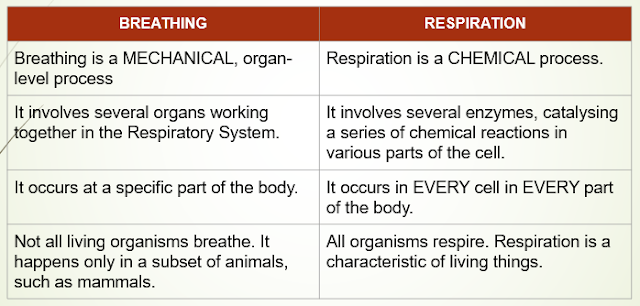THE LYMPHATIC SYSTEM [CSEC HSB]
SYLLABUS REFERENCE
[B3.13] describe the structure and function of the lymphatic system
[B3.14] describe how tissue fluid and lymph are formed
THE LYMPHATIC SYSTEM IS A
DRAINAGE SYSTEM
It takes the tissue fluid that is not reabsorbed by capillaries, and eventually empties it back into the circulatory system, via the right and left subclavian veins.
KEY POINTS
- When tissue fluid enters the lymph capillaries it is then called 'lymph'.
- Lymph consists of plasma and white blood cells, but not red blood cells or large plasma proteins.
- The lymphatic system has a separate circulation, which returns lymph to blood.
- Lymphocytes in lymph nodes multiply during infection & produce antibodies.
TISSUE FLUID
This is a liquid that surrounds all of our cells.
It is formed when the liquid part of the blood, coming from the blood plasma, leaks out of the capillaries into the spaces surrounding the cells.
This leakage occurs as the blood pressure in the arterioles pushes the blood against its walls. It thus forces water & other small molecules through gaps in the capillary walls.
Tissue fluid contains no blood cells. However, it does have some of the large protein molecules from the blood plasma.
IMPORTANCE OF TISSUE FLUID
- It provides a constant physical & biochemical environment for the cells
- It facilitates the transfer of materials between the blood & the cells, via diffusion. Materials such as nutrients & carbon dioxide.
- It allows for the movement of white blood cells amongst the various tissues and cells, in pursuit of pathogens.
90% of it is reabsorbed into the plasma, with the rest draining into the lymphatic system.
FEATURES OF LYMPHATIC SYSTEM
Functions
- Returns excess tissue fluid to the blood
- Transports fats, particularly from villi in small intestine to blood
- Removes microbes to the lymph nodes, where they are destroyed by phagocytes & lymphocytes.
Components
- Lymph capillaries. These are blind-ending, tiny vessels that absorb the excess fluid from around the cells. They have clefts that only allows tissue fluid to flow into the vessels.
 |
| PNG version of the original |
- Lymph vessels. They form a network throughout the entire body, connecting lymph nodes, adenoids, tonsils and lacteals. They expand into the lymph capillaries at tissue level.
- They have semi-lunar valves, which only allows the tissue fluid to move in one direction.
- They are thin-walled.
- Ducts. These are two large lymph vessels into which the smaller lymph vessels merge. They then empty into left and right subclavian veins, located under the collar bone.






